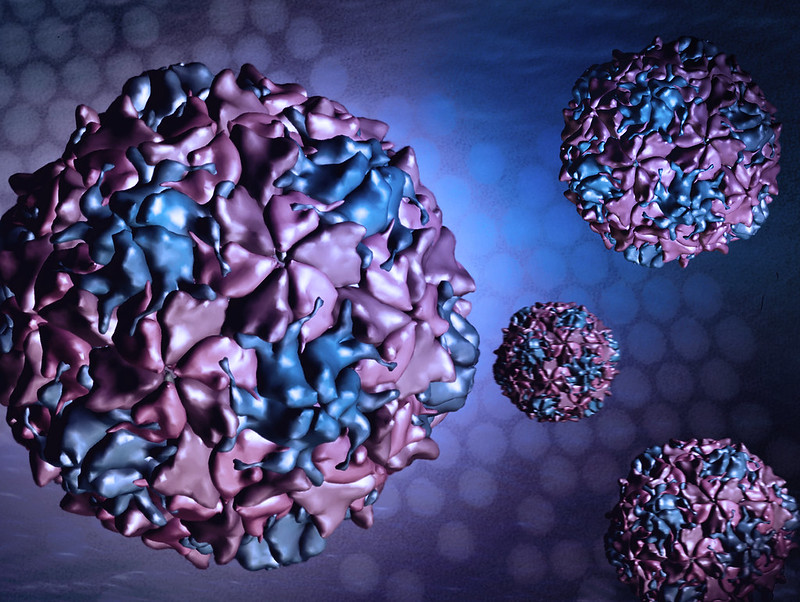A study conducted in South Africa highlights the impact that COVID-19 lockdowns had on drug-resistant tuberculosis (DR-TB) diagnoses and incidence patterns. The findings were published late last week in Annals of Epidemiology.
For the study, a team of US and South African researchers compared the number, spatial distribution, and characteristics of DR-TB diagnoses in South Africa's KwaZulu-Natal province before and after the initial COVID-19 lockdown on March 26, 2020. Previous research has shown that the COVID-19 pandemic significantly impacted rates of TB case notifications worldwide, resulting in an 18% decline in the number of diagnoses reported in 2020 compared with 2019, and a 26% decline in South Africa. The decline has been attributed in part to disruptions to TB services and hesitancy among TB patients to visit healthcare facilities out of fear of contracting COVID-19.
Poverty linked to increased incidence
From October 2018 through February 2022, 693 individuals were diagnosed with DR-TB in the province. The rate of diagnosis per year was 274 prior to the initial lockdown and 155 after, corresponding to a 43% decrease in the notification rate. Analysis of detailed sociodemographic data of a subgroup of DR-TB cases showed that, compared with cases diagnosed before the lockdowns, cases diagnosed after were associated with worse living conditions. Specifically, they were less likely to have a fuel source for heating, piped water, a flush toilet, or own a phone. DR-TB cases diagnosed after the lockdowns also reported more adults living in their household compared with cases diagnosed prior to the lockdowns.
"These findings are similar to those found in a previous cohort study conducted in the region, and depict that indicators of poverty at both the individual and municipality level are associated with increased DR TB incidence, which may have worsened after the COVID-19 pandemic," the study authors wrote.
The authors suggest prevention strategies such as targeted active case finding, along with allocation of resources to at-risk regions, could be implemented in areas identified as at higher risk for DR-TB after the COVID-19 lockdowns.















